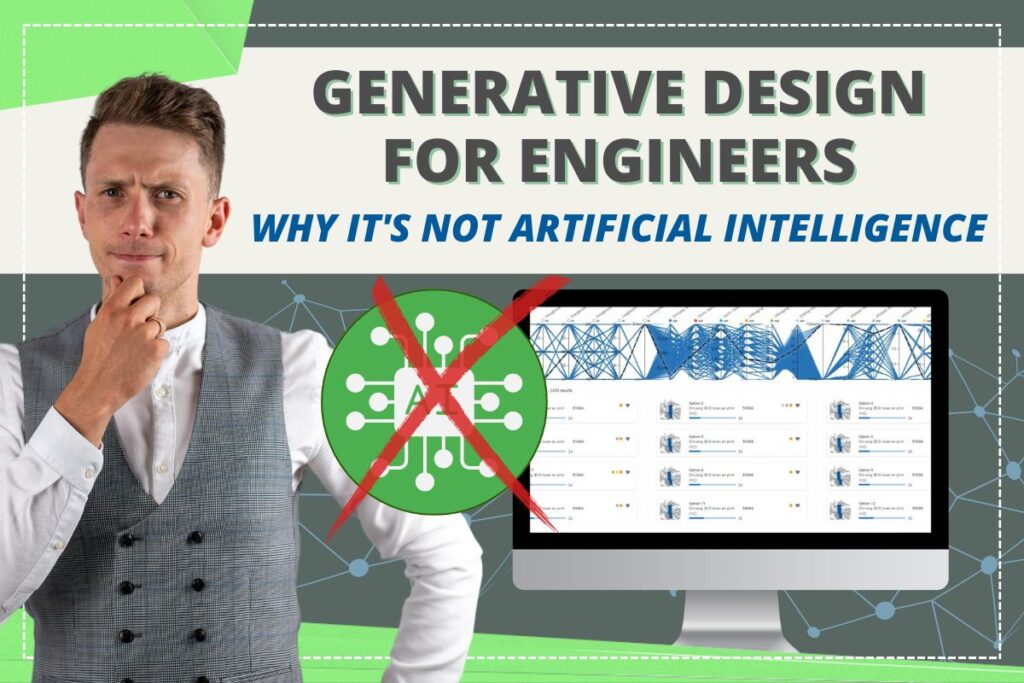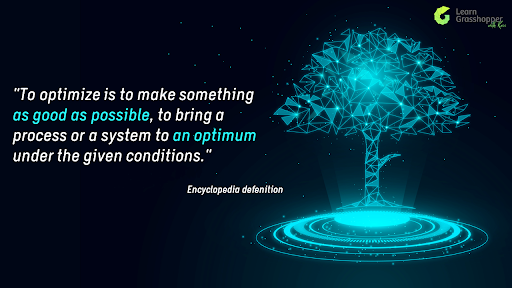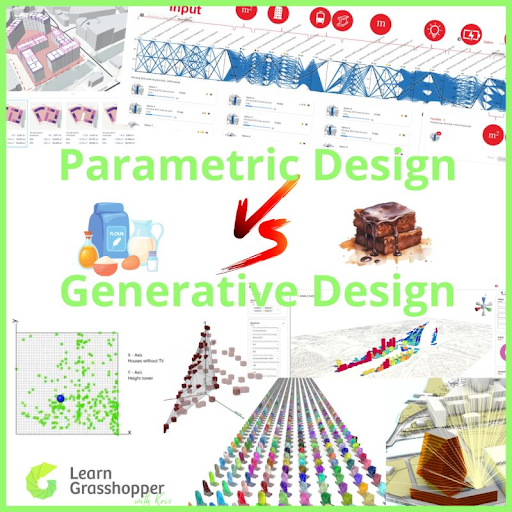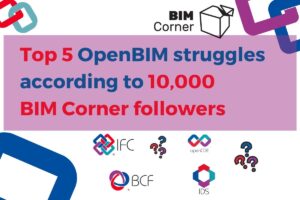Generative Design is often misunderstood as part of Artificial Intelligence (AI). With the current hype around AI, it’s crucial to clarify this difference. AI is frequently misused as a blanket term covering technologies like Computational Design, Generative Design, and Machine Learning. In reality, Generative Design stands apart as a foundational step before diving into AI. Here’s what you need to know about Generative Design and why it’s a game-changer for engineers.
Table of Contents
1. What Is Generative Design?
Generative Design is a process where a computer generates numerous design options based on a set of parameters defined by the user. The goal is to find the most optimal solution under given conditions. According to the encyclopedia, optimization means “to make something as good as possible, to bring a process or system to an optimum under the given conditions.”
For engineers, this means setting boundaries within which the computer explores and evaluates the best possible results. The criteria for the “best” result can vary—it might be the cheapest solution, the most sustainable, or the one with the least environmental impact. While humans can evaluate a handful of solutions in weeks, computers can analyze thousands in minutes, thanks to the power of algorithms.
2. Generative Design vs. Parametric Design
To understand the difference between Generative Design and Parametric Design, let’s use a cooking analogy:
Parametric Design: This is like following a recipe. You tell the computer, “I need a cake,” and specify the ingredients (parameters) such as flour, eggs, and sugar. Adjusting the amount of sugar or adding extra ingredients changes the cake’s outcome.
Generative Design: This goes a step further by suggesting entirely new recipes based on your goals, like “less sugar,” “more fluffy,” or “least money spent.” The computer explores a vast array of possibilities you might not have considered.
Those complex graphs you often see? (See picture above)
They’re just the computer’s way of visualizing all the different design options based on your criteria, much like a cookbook that customizes recipes based on your preferences and available ingredients.
What about AI in this cooking analogy?
Think of AI as a master chef who learns from every cake baked. This chef can not only create new recipes but also improve them over time without needing new instructions. AI adapts and learns, figuring out that you prefer your cake with a little more vanilla and less sugar based on past feedback, and even predicts what kind of cake you might like next.
3. How generative design can help engineers
Generative Design is a powerful tool for engineers. Contrary to the belief that maximizing structure usage is the most sustainable approach, true sustainability lies in creating solutions that last for ages, adapt to future changes, and are easy to repair.
The engineering field can be stressful, and there’s a clear need to reduce this stress. Leveraging the computational power of Generative Design can be a significant relief, helping engineers find optimal solutions that meet all required criteria efficiently and effectively.
Generative Design isn’t AI, but it’s a crucial step toward harnessing the full potential of computational design. By understanding and utilizing this technology, engineers can achieve better, more sustainable, and innovative solutions faster than ever before.
4. Generative Design Workshop
DISCOVER HOW GENERATIVE DESIGN IS REVOLUTIONIZING ENGINEERING World-class optimisation case studies
Rick Titulaer, a computational designer from Arup in Amsterdam, shared his expertise in applying computational design to transform engineering projects. He’ll take us through special projects, showing how the Arup designers make complex data easy to handle for amazing results.
By joining this webinar, you will:
- Understand how Generative Design is reshaping the way we approach engineering challenges.
- Explore case studies from a leading global consultancy on optimizing building shapes, facade angles, and exhibition layouts.
Registered users will get the access to the special documents: PDF with the presentation and Grasshopper Files to find the most efficient solutions on your own.













